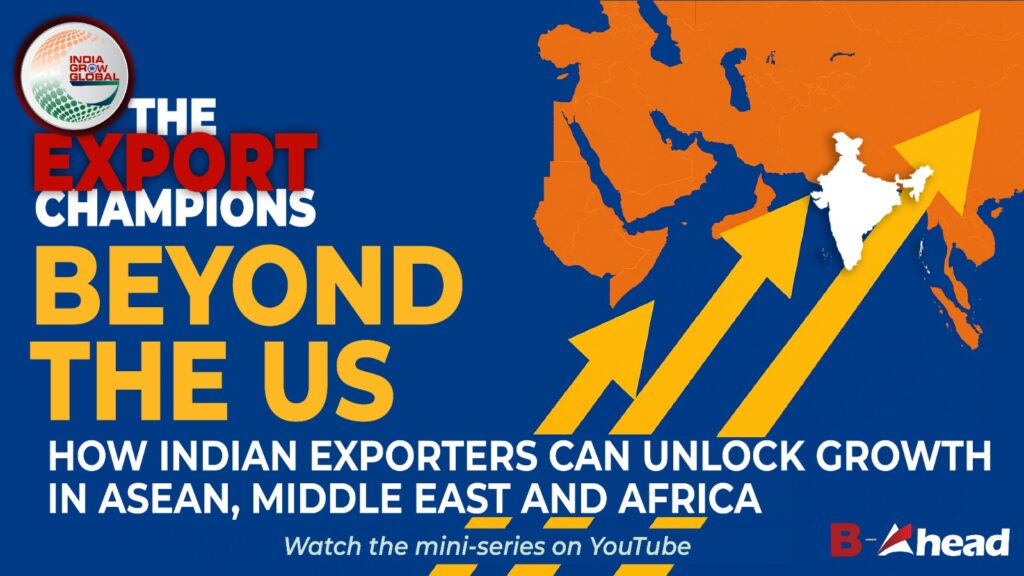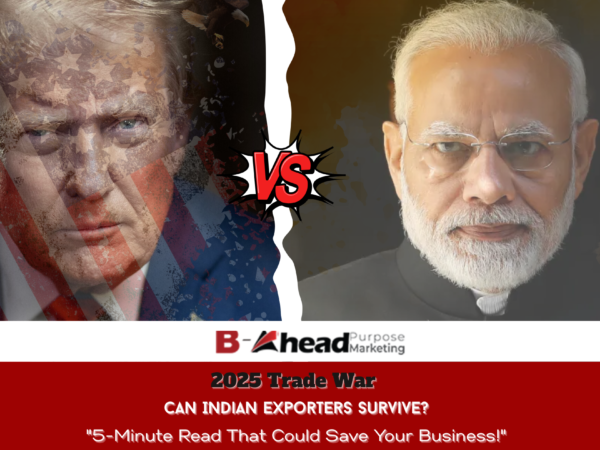Global Marketing Entry Strategies: Expanding Beyond the US into ASEAN, the Middle East, and Africa

Introduction
Global marketing entry strategies are the foundation for Indian exporters who want to expand beyond traditional markets. For decades, the United States has been viewed as the ultimate destination for exports. While the U.S. continues to be important, it is no longer the fastest-growing market for India. Emerging regions such as ASEAN, the Middle East, and Africa are now driving growth. To capture these opportunities, exporters need structured entry plans, tailored branding, and a clear understanding of cultural and economic dynamics.
In this blog, we explore why market entry strategies matter, the opportunities in ASEAN, Middle East, and Africa, and how businesses can build sustainable global success.
Why Global Marketing Entry Strategies Matter for Indian Exporters
A strong global marketing entry strategy is not just about shipping products abroad. It is a structured plan that guides businesses through market selection, brand positioning, logistics, and growth sustainability.
Key benefits of having the right strategy:
- Market Fit: Ensures products align with customer demand in each region.
- Brand Trust: Builds credibility with localized messaging.
- Risk Control: Minimizes regulatory, competitive, and financial risks.
- Sustainable Growth: Helps create a long-term presence instead of short-term wins.
Without a clear entry strategy, even the most competitive products may fail in foreign markets. With one, Indian exporters can expand confidently and profitably.
Tactical Market Entry Plan: Looking Beyond the United States
Indian exporters must rethink their heavy dependence on the U.S. and diversify into other high-potential regions. The question to ask is: Is the USA still the fastest-growing export market for India?
The answer is no. While important, the U.S. is being outpaced by emerging regions.
- ASEAN: Trade between India and ASEAN has crossed USD 131 billion.
- Middle East: High demand for engineering goods, textiles, and processed foods.
- Africa: Rising consumer demand in agriculture, FMCG, and Renewable energy.
A tactical market entry plan helps exporters assess demand, evaluate trade barriers, and align products with each region’s specific needs.
ASEAN Advantage: India’s Gateway to Growth
ASEAN is one of the most promising trade partners for India, offering both scale and cultural compatibility.
Why ASEAN is attractive:
- Quality–Price Balance: Indian products are competitive in affordability and quality.
- Cultural Similarity: Shared food habits, traditions, and lifestyles ease product acceptance.
- Strategic Location: ASEAN acts as a hub for trade routes connecting Asia and beyond.
Key export opportunities in ASEAN:
- Infrastructural Engineering Goods: Supporting ASEAN’s rapid industrialization.
- Textiles and Apparel: Affordable and fashionable clothing from India has strong demand.
- Agri and Food Products: Indian spices, rice, and processed food products are highly sought after.
By leveraging cultural alignment and pricing advantages, Indian exporters can deepen their foothold in ASEAN markets.
Branding Adaptation: A Critical Element of Global Marketing Entry Strategies
Branding plays a central role in global marketing entry strategies. What works in India may not appeal to consumers abroad. Adapting your brand to fit local expectations is the key to success.
Branding approach for each region:
- ASEAN: Focus on affordability, usability, and cultural fit.
- Middle East: Highlight luxury, trust, and consistency in supply.
- Africa: Emphasize durability, accessibility, and community benefit.
By tailoring brand communication, exporters ensure that products connect emotionally with consumers, leading to repeat sales and loyalty.
Middle East and Africa: Unlocking Untapped Growth
While ASEAN provides scale, the Middle East and Africa present untapped, high-potential opportunities.
Middle East strengths:
- Ongoing infrastructure projects drive demand for engineering goods.
- Expanding industries increase need for textiles, automobiles, and food products.
- Strong culture of long-term trade relationships benefits reliable Indian exporters.
Africa’s opportunities:
- Rapidly growing consumer class drives demand for agriculture, FMCG, and affordable consumer goods.
- Rising sectors like renewable energy and healthcare offer early-entry advantages.
- Indian exporters who establish distribution networks early can secure leadership before competitors dominate.
Types of Global Marketing Entry Strategies
To succeed, exporters must choose the right entry approach based on resources, product type, and growth goals. The main types of global marketing entry strategies are:
- Exporting – Direct or indirect sales into foreign markets.
- Licensing and Franchising – Partnering with local companies to scale faster.
- Joint Ventures – Sharing investment and risk with a local partner.
- Wholly Owned Subsidiaries – Establishing a full presence abroad with maximum control.
- Strategic Alliances – Collaborating with distributors or retailers to accelerate entry.
Selecting the right strategy depends on cost, risk tolerance, and long-term objectives. For example, exporters of food products may benefit from licensing, while engineering firms may find joint ventures more effective.
FAQs on Global Marketing Entry Strategies
1. What are the different types of market entry strategies?
They include exporting, licensing, franchising, joint ventures, wholly owned subsidiaries, and strategic alliances. Each varies in control, cost, and level of involvement.
2. Why is market entry strategy important?
It minimizes risks, ensures cultural and market fit, and provides a roadmap for profitable global growth.
What is the market entry strategy framework?
A structured plan for entering new global markets, especially ASEAN, the Middle East, and Africa. It includes:
Market Research – Find high-growth regions
Choose Entry Mode – Export, license, JV, or own setup
Adapt Branding – Match local culture and preferences
Build Distribution – Set up reliable supply and partners
Plan for Growth – Focus on long-term success
This framework helps Indian exporters go beyond the US with confidence and clarity.
Conclusion: Future-Proofing Indian Exports
Global marketing entry strategies are no longer optional for Indian exporters. They are the blueprint for success in competitive international markets. Beyond the U.S., regions like ASEAN, the Middle East, and Africa present massive growth opportunities in sectors such as textiles, engineering goods, agriculture, and food products.
By creating tactical entry plans, adapting branding for each market, and choosing the right strategy framework, Indian businesses can expand with confidence. Early movers into these markets will secure stronger partnerships, higher visibility, and long-term success.
Watch “Beyond the US, How Indian Exporters Can Unlock Growth in ASEAN, Middle East, and Africa” to explore these opportunities in depth.

